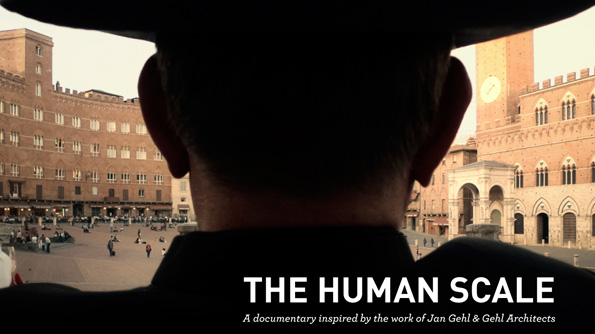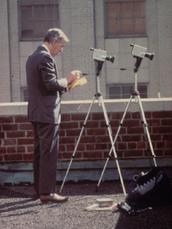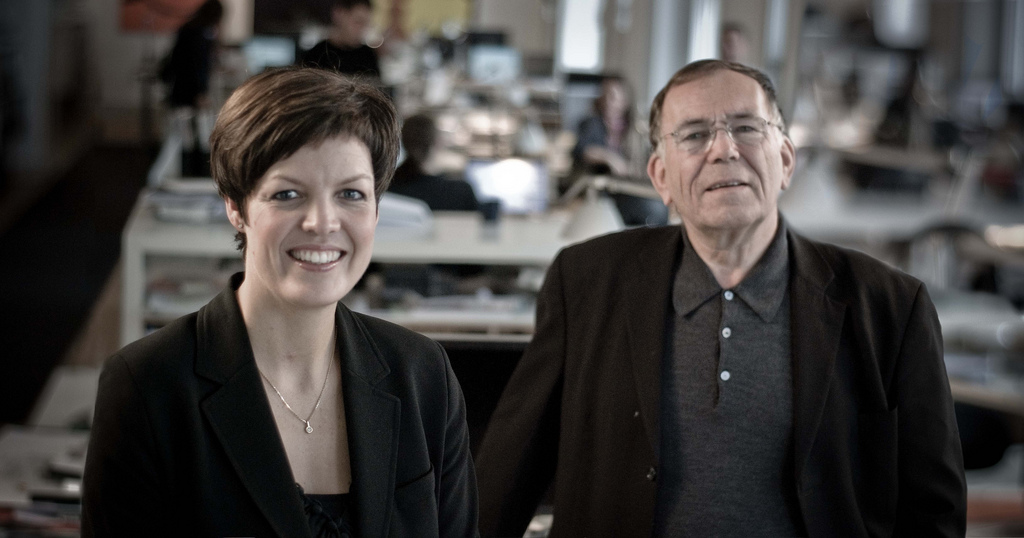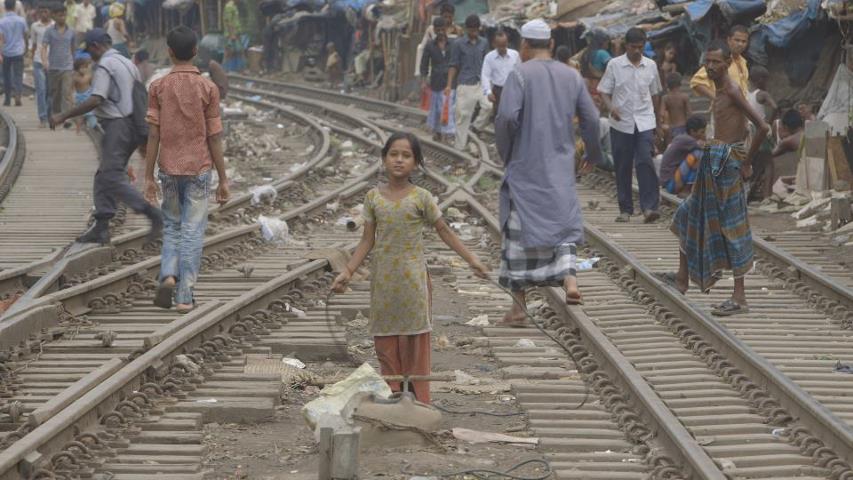The Most Influential Architect You've (Probably) Never Heard Of
A documentary has been making the rounds recently in urban circles featuring perhaps the most influential architect you’ve (probably) never heard of: Jan Gehl. Aptly called The Human Scale, the documentary features numerous of Gehl Architects’ projects around the world, many of which are included in Gehl’s recent book, Cities for People. I recently had the opportunity to view said documentary and it did not disappoint (see trailer below).
I have a tendency to talk a lot about Jan Gehl and Gehl Architects more generally because of their closeness to my personal research but also because of the impact they are currently having globally. While technically an architecture firm by name, Gehl Architects is far from the typical firm one normally thinks of in a world full of “starchitects” – a word used to describe architects mostly creating massive buildings in their unique style that recall their name (I. M. Pei for example). I think the reason Gehl is so unknown in some circles is a lack of this emphasis on unique buildings (and name recognition) and a focus instead on the process behind the planning (though being based in Denmark probably doesn’t help either). At one point in the documentary, David Sim of Gehl Architects explains to the people of Christchurch following the devastating earthquake there that he is not there to tell them what to do. He is there to listen and to rebuild the city the way the people want it to be rebuilt.
My first encounter with Gehl’s work was in William H. Whyte’s City: Rediscovering the Center (1988), a summary of Whyte’s seminal research in New York City during the 1970s and a follow-up to The Social Life of Small Urban Spaces (1980). I speak equally as frequently of Whyte, again basing my research off of his methods, but also because of his influence on urban design. I say Whyte’s research was seminal because it was the first instance in the United States of actual social observation of city streets in an effort to improve the lives of urban residents. Amazingly, Whyte was not an anthropologist, architect, or even city planner, but worked for Fortune magazine (where he eventually encountered and mentored Jane Jacobs). And yet, despite his lack of professional credentials, he incredibly received the first domestic expedition grant by the National Geographic Society to conduct this research. As Whyte puts it, “they had supported observational studies of far-off people and far-off places, so why not the natives of the city?” (1988, 3).
In City, Whyte references Gehl’s work in a few chapters specifically noting the similarity between his own research and Gehl’s observations of pedestrians in Copenhagen. Gehl’s conclusions regarding sidewalk width and pedestrian speed was amazingly consistent to Whyte’s but was actually researched as early as 1966! A professor of Architecture, he looked into the social impact of the built environment and published his first book on the subject in 1971: Life Between Buildings. Copenhagen today is a direct result of Gehl’s research (including Strøget) just as NYC shows the impact of Whyte’s research (most notably Bryant Park).
The core of the design of these spaces by the likes of Gehl is not only the title of the documentary but also literally the human scale. While this seems like common sense, large alienating buildings or even entire cities with no consideration for the human condition have been created for decades. Sometimes this is done deliberately (in the case of security, or to discourage people from being there) but it is also done at times unknowingly (large blank walls, huge alienating plazas, a lack of seating, and so on). Whatever the motives might be, what we now know is if you create spaces based on the senses and scale of a human being (we the users, after all) then you create places where people want to be. Quality of life improves, people encounter other people, and the city thrives. The happiest places in the world and the most popular vacation destinations all exhibit this kind of quality, whether due to their medieval (read: non-auto) origins or because of a deliberate focus on people.
Anthropologically this is brilliantly simple. We are social animals (animals, I say!) and we also have limits based on our physical senses. Think about your vision for a moment – how far can you see into the distance and recognize a person as someone you know? Or determine their emotional state? How about hearing? What is your most comfortable but also audible distance from another human being? Travel is affected by this as well. Think about how quickly you walk when next to a blank wall with nothing to look at. Now compare that to walking by a vibrant street scene with frequent storefronts, open doors, and street vendors! Even stairs can be scaled in such a way that they are easier for people to climb. All of this is so amazingly simple to do when you just put the emphasis on making cities for people, but would not have necessarily been noticed as an issue if not for the likes of Gehl and Whyte. Too often it seems we are working our way backwards to find what was there all along, though thankfully this seems to be changing.
The documentary allows us to see this process, but most notably presents to us a shocking view of cities around the world. Countries like China and India are building faster than we can keep track of in a race to become like the “western” cities of the 1960s (while making many of the same mistakes we did). The population of the entire world doubled in only a few decades and will continue to add to the now more than 50% of people globally living in cities. It is in these parts of the world that the future of human civilization will be made manifest. While Gehl is working to create human oriented places in these areas, the concept as a whole needs to be made standard if we are to solve current issues of poor quality of life.
So what does this mean for the future of cities? Aside from vivid images of cities affected by isolation and brutalist design, it also offers images of hope: the people-focused rebuilding of Christchurch after the devastating earthquake, alleyways in China devoid of cars, and social movements in India attempting to take back the streets as public spaces. After watching one is left with a general sense of hope, despite the sobering reality of the massive amount of growth happening worldwide. I highly recommend this to anyone, with or without urban experience, for the imagery, interviews with Gehl Architects and others, and for the thoughts it leaves you with about the future of people in cities.
[vimeo http://www.vimeo.com/67638874 w=400&h=300]






